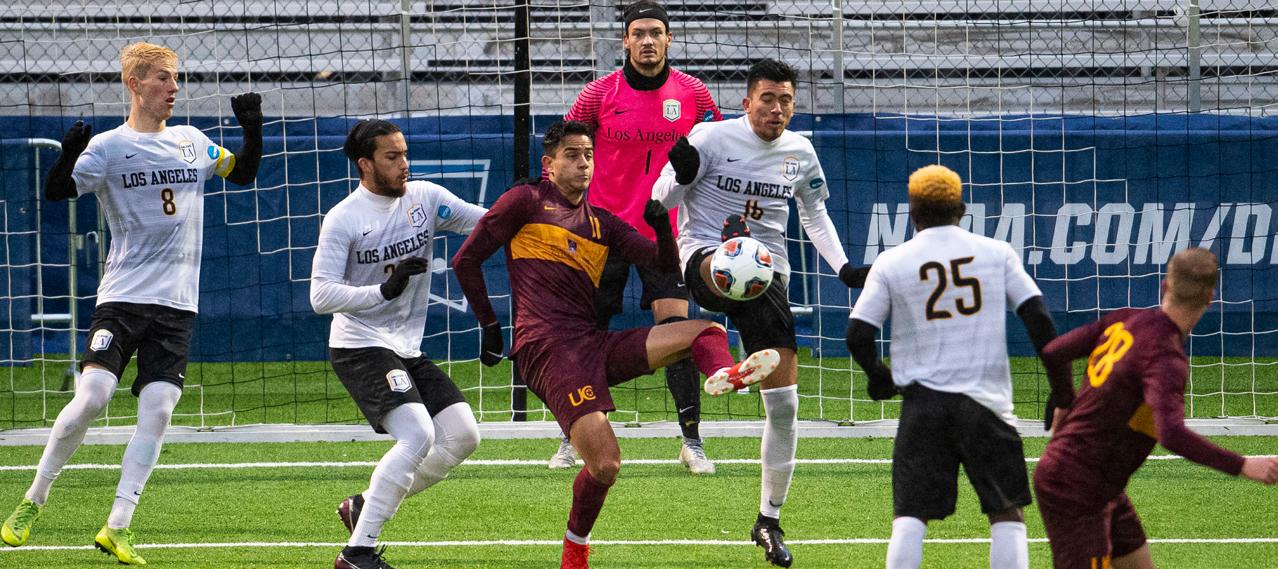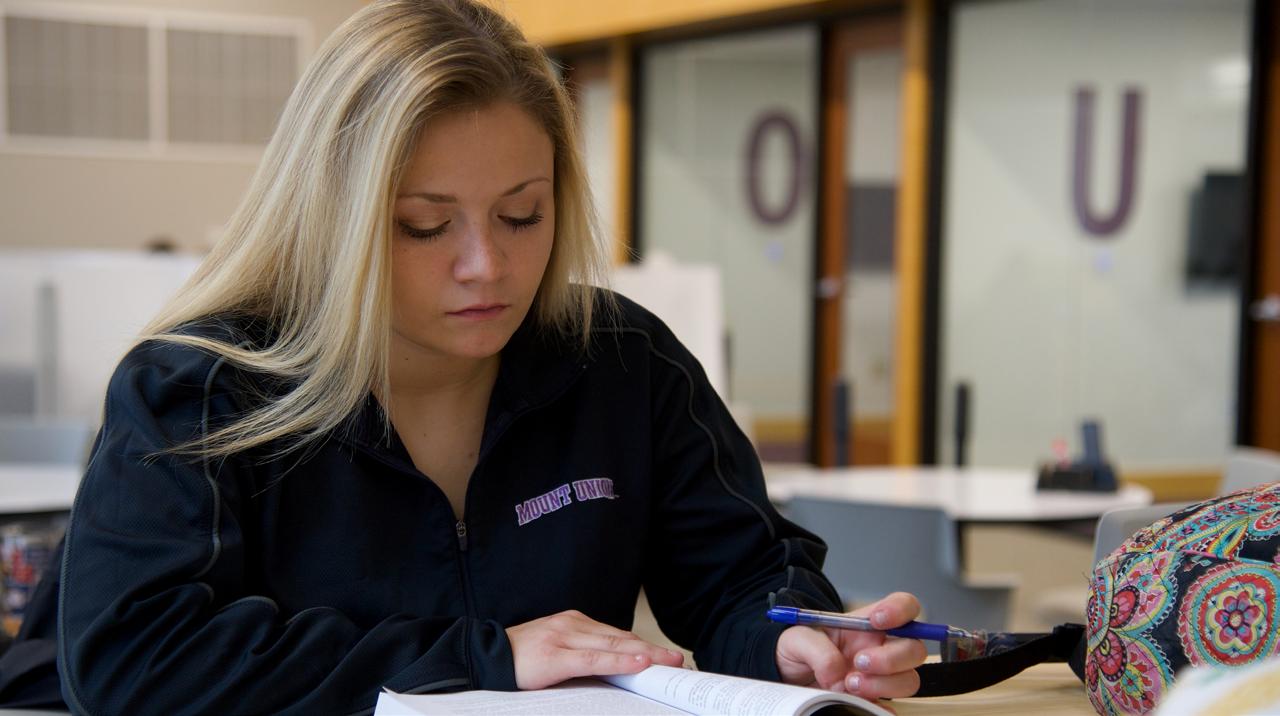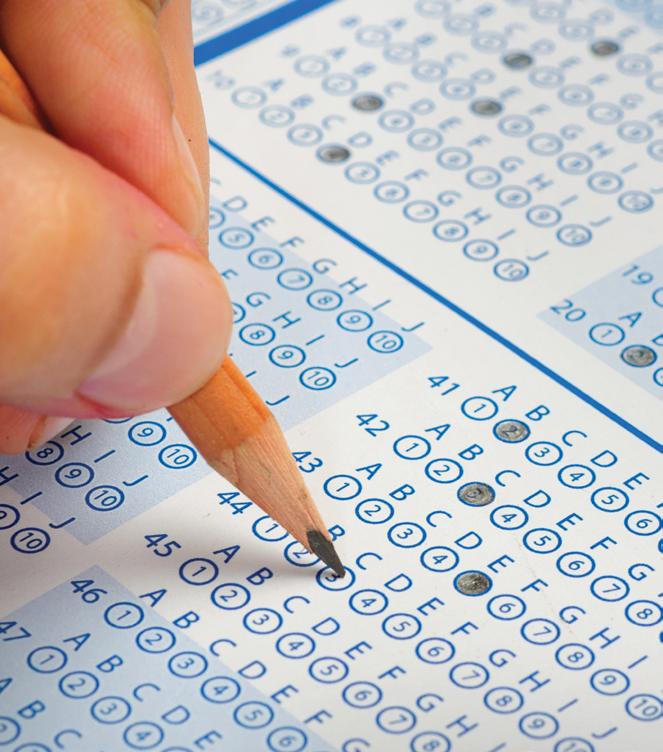important Recruiting terms
recruiting calendars
Celebratory standardized signing form (a form used by Division III institutions): This form is a standard NCAA-provided, nonbinding athletics celebratory signing form after a college-bound student-athlete has been accepted for enrollment at a Division III school.
Quiet period: During this time, a college coach may not have any in-person contact with you or your parents off the college’s campus. A coach may not watch you play or visit your high school during this period. You and your parents may visit a college campus during this time. A coach may call or write to you or your parents during this time.
NCAA member schools limit recruiting to certain periods during the year. Recruiting calendars promote the well-being of college-bound student-athletes and ensure fairness among schools by defining certain periods during the year in which recruiting may or may not occur in a particular sport. Due to the COVID-19 pandemic, recruiting calendars may be adjusted. For the most up-to-date information, visit ncaa.org/student-athletes/resources/recruiting-calendars.
Recruited: If a college coach contacts you off campus, pays your expenses to visit the campus, or (in Divisions I and II) issues you a National Letter of Intent or a written offer of financial aid, you are considered recruited.
Men’s Basketball, Division I
Contact: A contact happens any time a college coach says more than “Hello” during a face-to-face meeting with you or your parents off the college’s campus. Contact period: During a contact period, a college coach may have face-to-face contact with you or your parents, watch you compete, visit your high school and call or write to you or your parents. Dead period: A college coach may not have any face-to-face contact with you or your parents on or off the college campus at any time during a dead period. The coach may call or write you or your parents during this time. Evaluation: An evaluation happens when a college coach observes you practicing or competing. Evaluation period: During an evaluation period, a college coach may watch you compete, visit your high school and call or write to you or your parents. However, a college coach may not have face-toface contact with you or your parents off the college’s campus during an evaluation period. Financial aid (scholarship): Any money you receive from a college or another source, such as outside loans or grants. Financial aid may be based on athletics ability, financial need, scholarships or academic achievement. Five-year clock: If you play at a Division I school, you have five calendar years in which to play four seasons of competition. Your fiveyear clock starts when you enroll as a full-time student at any college. Thereafter, your clock continues, even if you spend an academic year in residence as a result of transferring, decide to redshirt, do not attend school or attend school part time during your college career. Full-time student: Each school determines what full-time status means. Typically, you are a full-time student if you are enrolled for at least 12 credit hours in a term, but some schools define a full-time student as someone who takes fewer than 12 credit hours in a term. Institutional request list: An institutional request list (IRL) is a list of college-bound student-athletes who an NCAA Division I and/or II school is interested in recruiting. The action of adding a collegebound student-athlete to the IRL informs the NCAA Eligibility Center of the school’s interest in having an academic and amateurism certification decision for the student-athlete. International student: An international student is any student who is enrolled in a secondary school outside the United States, U.S. territories or Canada (except Quebec). Official commitment: When you officially commit to attend a Division I or II college, you sign a National Letter of Intent, agreeing to attend that school for one academic year. Official visit: During an official visit, the college can pay for transportation to and from the college for you (and up to two family members in Division I Basketball and FBS Football), lodging and meals (Division I allows for up to three meals per day) for you and up to four family members, as well as reasonable entertainment expenses, including five tickets to a Division I or Division II home sports event. Before a Division I or II college may invite you on an official visit, you will have to provide the college with a copy of your high school transcript and register for a Certification account with the NCAA Eligibility Center. In Division I, it is not permissible to make an official visit during a recruiting shutdown period or a dead period. 32 GUIDE FOR THE COLLEGE-BOUND STUDENT-ATHLETE
Recruiting calendar: NCAA member schools limit recruiting to certain periods during the year. Recruiting calendars promote the well-being of college-bound student-athletes and ensure fairness among schools by defining certain periods during the year in which recruiting may or may not occur in a particular sport. Recruiting shutdown: A recruiting shutdown is a period of time when no forms of recruiting (e.g., contacts, evaluations, official or Division I unofficial visits, correspondence, or making or receiving telephone calls) are permissible. Season of competition: Generally, NCAA rules say any competition in a season — regardless of the amount of time — counts as having played one season in that sport. If you play any time during a season, regardless of how long you played, it counts as having played for an entire season in that sport. A season starts when you spend one second in competition on the field, court, gym or track. In Division III, you also use a season if you practice at any time after the first contest. Ten-semester/15-quarter clock: If you play at a Division II or III school, you have the first 10 semesters or 15 quarters in which you are enrolled as a full-time student to complete your four seasons of competition. You use a semester or quarter any time you attend class as a full-time student or are enrolled part time and compete for the school. You do not use a term if you only attend part time with no competition or are not enrolled for a term. Two-year college: Any school from which students can earn an Associate of Arts, Associate of Science or Associate of Applied Science within two years. Some people call these schools community or junior colleges. Unofficial visit: Any visit by you and your parents to a college campus paid for by you or your parents. The only expense you may receive from the college is three complimentary admissions to a Division I home athletics contest or five complimentary admissions to a Division II home athletics contest. You may make as many unofficial visits as you like after the first permissible date in each sport. The only time you cannot talk with a coach during an unofficial visit is during a dead period. In Division I, it is not permissible to make an official visit during a recruiting shutdown period or a dead period. In Division III, you may receive one on-campus meal as well as admission to a home athletics event for you and those accompanying you.
Recruiting Method Recruiting Materials and Electronic Correspondence (e.g., recruiting letters, social media messages, text messages)
You may receive brochures for camps, questionnaires, NCAA materials and nonathletics recruiting publications at any time.
Phone Calls to a Coach
You or your family may call a coach at any time.
Phone Calls from a Coach
A coach may call you or your family beginning June 15 between your sophomore and junior year in high school.
Off-campus Contact
A college coach may have contact with you or your family off the college’s campus beginning the first day of your junior year in high school. Contacts made in your junior year may occur at your educational institution except for during the April recruiting periods, when off-campus recruiting contacts may be made at your educational institution or residence.
Unofficial Visit
You and your family may visit a college at your own expense beginning Aug. 1 of your sophomore year in high school.
Official Visit
A college may pay for you and two family members to visit the college beginning Aug. 1 of your junior year in high school. Up to five official visits can be taken between Aug. 1 of your junior year and the completion of your junior year. An additional five official visits may be taken between the day following completion of your junior year and Oct. 15 following completion of high school.
A coach may begin sending you recruiting materials and electronic correspondence June 15 between your sophomore and junior year in high school.
Women’s Basketball, Division I Recruiting Method Recruiting Materials and Electronic Correspondence (e.g., recruiting letters, social media messages, text messages)
You may receive brochures for camps, questionnaires, NCAA materials and nonathletics recruiting publications at any time.
Phone Calls to a Coach
You or your family may call a coach at any time.
Phone Calls from a Coach
A coach may call you or your family beginning Sept. 1 of your junior year in high school.
Off-campus Contact
A college coach may have contact with you or your family off the college’s campus beginning March 1 of your junior year in high school. Contacts made during your junior year may occur at your educational institution or residence.
Unofficial Visit
You and your family may visit a college at your own expense at any time.
Official Visit
A college may pay for you and two family members to visit the college beginning the Thursday following the final game of the Women’s Final Four during your junior year in high school.
A coach may begin sending you recruiting materials and electronic correspondence Sept. 1 of your junior year in high school.
Verbal commitment: A verbal commitment happens when you verbally agree to play sports for a college before you sign or are eligible to sign a National Letter of Intent. The commitment is not binding on you or the school. Walk-on: Someone who is not typically recruited by a school to participate in sports and does not receive a scholarship from the school, but who becomes a member of one of the school’s athletics teams. GUIDE FOR THE COLLEGE-BOUND STUDENT-ATHLETE
33






